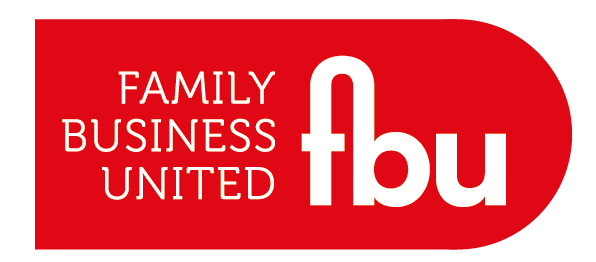Employee Ownership As An Option For Family Businesses
- Paul Andrews - Founder & CEO, Family Business United

- Aug 5, 2024
- 3 min read
Updated: Aug 12

Family businesses are pivotal to the global economy, significantly contributing to employment, innovation, and community stability. As these businesses grow, they face crucial decisions about future ownership and governance. One attractive option for the next stage in their development is transitioning to employee ownership.
So let's take a look at the concept of employee ownership, its benefits, challenges, and practical considerations, particularly for family businesses contemplating this transformative path.
Employee ownership is a business model where employees acquire a significant stake in the company through mechanisms like Employee Stock Ownership Plans (ESOPs), worker cooperatives, or direct share purchase schemes. This ownership structure empowers employees by giving them a voice in corporate governance, aligning their interests with the company’s long-term success.
One significant advantage of employee ownership is enhanced employee motivation and productivity. When employees have a stake in the business, they are likely to be more motivated and productive, as their personal success is directly tied to the company's performance. Improved financial performance is another benefit. Studies have shown that employee-owned companies often outperform their non-employee-owned counterparts in terms of profitability and revenue growth. This is attributed to the alignment of employee and company interests, leading to more prudent financial decisions and increased innovation.
For family businesses, transitioning to employee ownership can provide a viable solution to succession planning. This option ensures that the business remains in capable hands, preserving the legacy and values cultivated by the founding family while avoiding potential family conflicts. Additionally, ownership stakes can be a powerful tool for attracting and retaining top talent. Employees are more likely to stay with a company where they feel valued and have a tangible investment in its success, reducing turnover rates and associated costs.
Employee-owned businesses often demonstrate a stronger commitment to their local communities. By keeping the company locally owned, employee ownership can contribute to economic stability and community development, reinforcing the social fabric of the area.
However, the process of transitioning to employee ownership can be complex and requires careful planning. It involves legal, financial, and organisational restructuring, which can be daunting for a family business without the necessary expertise. Financing the transition can be a significant challenge, as the company or employees may need to secure substantial funding to buy out the existing owners, which could strain financial resources or require taking on debt.
Moving to an employee ownership model necessitates a cultural shift within the organisation. Employees and management need to adapt to new roles and responsibilities, which can be challenging if the existing corporate culture is not conducive to shared governance. Implementing effective governance structures is critical to ensure that employee ownership translates into meaningful participation. Establishing clear processes for decision-making and resolving potential conflicts is essential to maintaining harmony and operational efficiency.
Before transitioning to employee ownership, it is crucial to assess the readiness of the business and its employees. This includes evaluating the financial health of the company, the willingness of employees to take on ownership, and the overall organisational culture. Selecting the appropriate model of employee ownership is vital. ESOPs are popular in the United States, offering tax advantages and a structured approach. Worker cooperatives, where employees collectively own and manage the business, may be more suitable for smaller firms or those with a strong culture of collaboration.
Engaging experienced advisers, including financial consultants, legal experts, and business transition specialists, can facilitate a smoother transition. These professionals can help navigate the complexities of the process and ensure compliance with relevant regulations.
Educating employees about the implications and benefits of ownership is also critical. Providing training and resources to help them understand their new roles and responsibilities will enhance their engagement and effectiveness as owners. A phased approach to implementation can mitigate risks and allow time for adjustments. Gradually increasing employee ownership over time, rather than an immediate full transition, can help the organisation adapt more smoothly.
Transitioning to employee ownership represents a promising avenue for the future development of family businesses.
While the journey can be complex and requires careful planning, the potential benefits—enhanced motivation, improved financial performance, smoother succession, and stronger community ties—make it a compelling option.
By thoughtfully addressing the challenges and leveraging professional expertise, family businesses can successfully navigate this transition, ensuring their long-term sustainability and prosperity while preserving their core values and legacy.








%20copy%20(4)%20copy%20(1)%20copy%20copy%20(1)%20copy%20(1)-Medium-Quality.jpg)



.png)
























